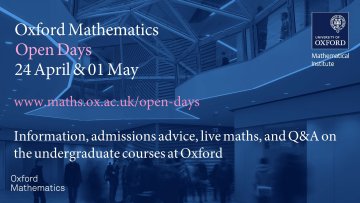Next generation mesoscopic models for neural activity
Abstract
The Wilson–Cowan population model of neural activity has greatly influenced our understanding of the mechanisms for the generation of brain rhythms and the emergence of structured brain activity. As well as the many insights that have been obtained from its mathematical analysis, it is now widely used in the computational neuroscience community for building large scale in silico brain networks that can incorporate the increasing amount of knowledge from the Human Connectome Project. In this talk, I will introduce a new neural population model in the spirit of that originally developed by Wilson and Cowan, albeit with the added advantage that it can account for the phenomena of event related synchronisation and de-synchronisation. This derived mean field model provides a dynamic description for the evolution of synchrony, as measured by the Kuramoto order parameter, in a large population of quadratic integrate-and-fire model neurons. As in the original Wilson–Cowan framework, the population firing rate is at the heart of our new model; however, in a significant departure from the sigmoidal firing rate function approach, the population firing rate is now obtained as a real-valued function of the complex valued population synchrony measure. To highlight the usefulness of this next generation Wilson–Cowan style model I will show how it can be deployed in a number of neurobiological contexts, providing understanding of the changes in power-spectra observed in EEG/MEG neuroimaging studies of motor-cortex during movement, insights into patterns of functional-connectivity observed during rest and their disruption by transcranial magnetic stimulation, and to describe wave propagation across cortex.


